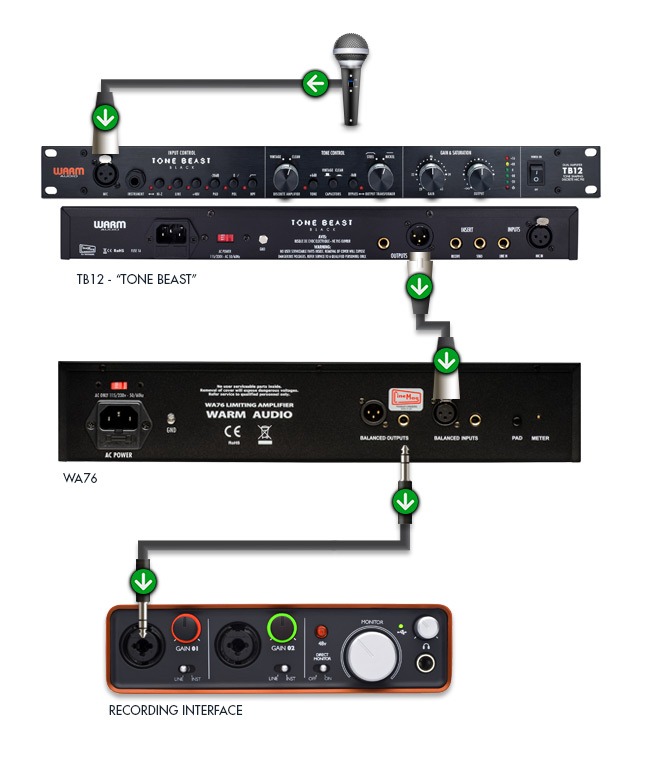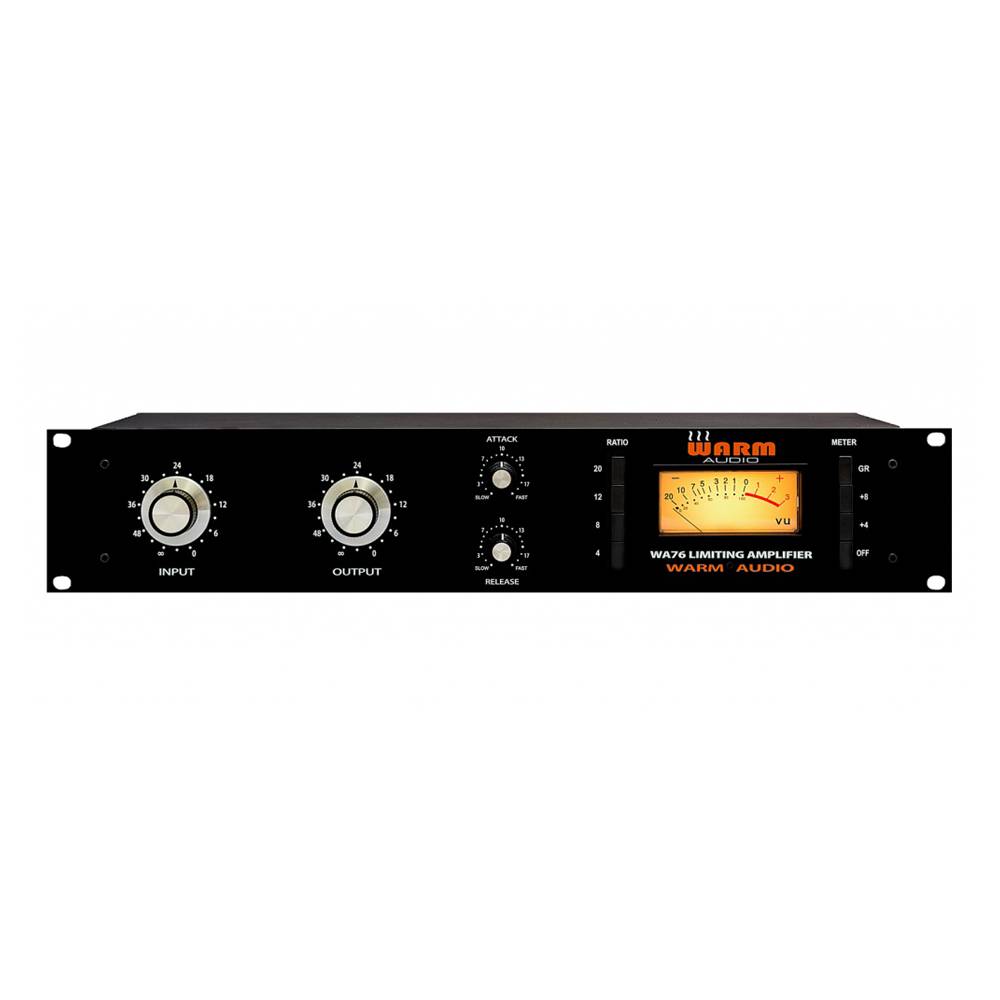
The Attack knob allows the user to set the compressor’s attack time between 200 and 800 microseconds, while the release knob ranges between 50 milliseconds and 1.1 seconds. The large and friendly backlit meter can be set to display the amount of Gain Reduction, has two settings that change the value of the 0dB indicator to display +4dBm or +8dBm levels, and a physical off switch for the unit. This choice must have had a significant impact on the build price of the unit as it significantly simplifies the circuit and enclosure design required and, as the WA76 is probably going to be used in a static studio-type situation, I think most potential purchasers will be happy with this particular compromise.Įxternally, the WA76 looks like (surprise, surprise) an 1176! A significant reason for the original unit’s popularity is its simplicity in use, and the WA76 recreates this exactly. The most significant difference between the WA76 and the original unit is the latter is shipped with a chunky in-line external 24V AC power supply. Popping open the WA76 reveals a well-constructed and neat layout.


However, it appears that Warm Audio hasn’t cut any important corners when manufacturing the WA76, as it employs fully discrete circuitry and Cinemag input and output transformers – the latter company being the owner of Reichenbach Engineering, producer of the transformers for the original Urei designs. Unlike some boutique manufacturers, Warm Audio’s products are aimed at those who might normally use plug-ins – in fact, the WA76 costs around the same as some virtual compressors. Warm Audio has developed a formidable reputation for building high-quality audio processors for reasonable prices, and devices such as the TB12 Tone Shaping Microphone Preamp and WA12 Microphone Preamp have found admirers and a place alongside more expensive equipment in many studios. One of the most popular is the ‘Revision D’ model and this is the iteration that Warm Audio has chosen to recreate as its latest hardware audio processor, the WA76 Discrete Compressor. The reason for the device’s desirability among engineers is, of course, the positive way it affects any audio passing through it, which is why studios are prepared to shell out significant amounts of moolah for a vintage 1176 and why project studios owners are keen to have virtual versions.Īs you might expect, the original 1176 has undergone many revisions over the years and each has its advocates.

However, if you wander into the typical project studio, processing hardware is likely to be almost completely absent, superseded by virtual recreations of classic equipment with some of the most popular options being various flavours of the 1176, which just goes to show how popular this compressor still is. These have long been the compressor of choice for generations of musicians and, even if a vintage unit or the modern recreation from Universal Audio (UA) can’t be found, it’s likely that one of the many clones that have appeared over the years will be nestling somewhere in the equipment rack.

WARM AUDIO WA76 PROFESSIONAL
Walk into any professional or semi-professional studio facility and you’re likely to see one (or more) Urei 1176 Limiting Amplifiers. Can Warm Audio’s compressor match up to the legendary status of the classic 1176? Stephen Bennett finds out.


 0 kommentar(er)
0 kommentar(er)
